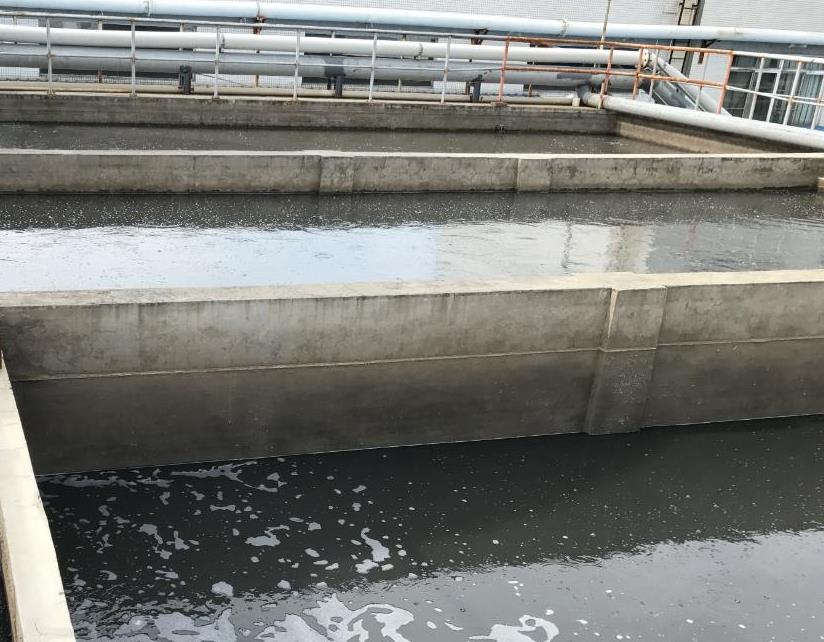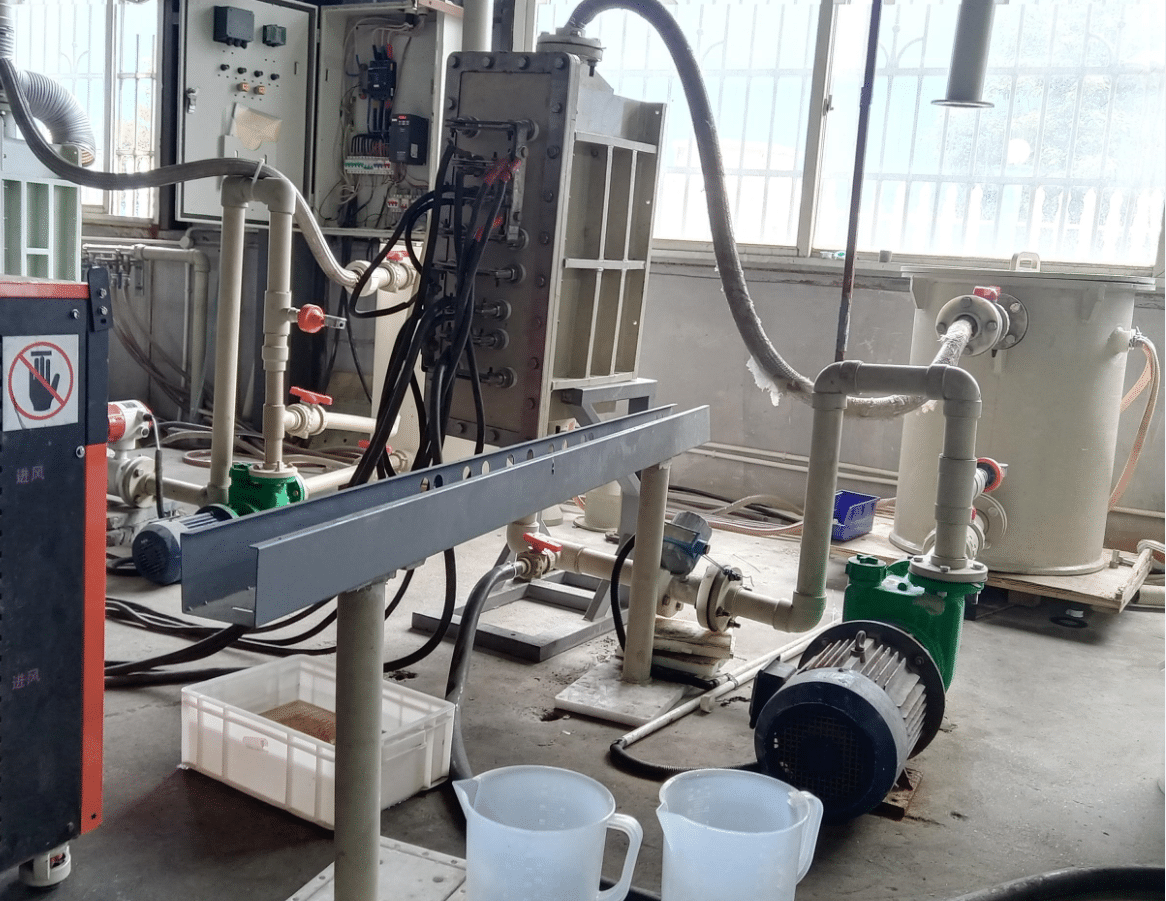29
06
Antibiotics Removal with Anhui XXX Pharmaceutical Wastewater Treatment Application of BDD Pilot Module
Pharmaceuticals are a major class of synthetic organic chemicals currently produced in large volumes worldwide daily.
Even in low concentrations (micrograms per liter), pharmaceuticals discharged into the environment through various pathways can be toxic. Antibiotics are the most widely used in human and veterinary medicine due to their low cost and broad-spectrum antibacterial effects.

It is important to develop efficient antibiotic removal technologies to improve wastewater quality. However, many standard treatment methods like physical separation and biological processes cannot completely remove antibiotics from wastewater and other media.Most of the antibiotics are excreted as original or metabolized forms, making them difficult to remove. Undegraded antibiotics enter water bodies in wastewater effluent, posing risks to ecosystems and human health.
Electrochemical techniques are emerging alternative technologies for pharmaceutical wastewater treatment especially antibiotics pollutants. They include electrochemical separation—electrocoagulation, electroflotation, internal microelectrolysis and electrochemical advanced oxidation processes (EAOPs).
EAOPs generate highly reactive hydroxyl radicals (•OH) in-situ during electrolysis at the anode surface. •OH is one of the strongest oxidant after fluorine,and•OH oxidize most organics without producing new contaminants.
EAOPs are used to treated tannery, textile, pesticide and sulfonamide antibiotic wastewater.
Compared to titanium suboxide, lead dioxide and tin dioxide anodes, boron-doped diamond (BDD) anodes have a longer lifetime, greater chemical stability and higher oxygen overpotential.

Boromond team conducted a on-site test with Anhui XXX Pharmaceutical which dedicated to research & development, manufacturing of antibiotics. Sulfonamide antibiotics like sulfamethoxazole (SMX) are often found in surface and wastewater due to large, consistent dosages. And there are complex of antibiotics and regular wastewater generated within the manufacturing process.
The test used BDD anodes of 69 cm2 active area, produced by Boromond via chemical vapor deposition of diamond onto silicon. The 69 cm2 cathode was a 1 mm thick zirconium disc. The findings confirm that BDD electrodes can effectively degrade SMX and TMP antibiotics. BDD electrode displayed the expected first-order decay kinetics, consistent with the theoretical model for mineralizing organics on BDD anodes. The results show that boron-doped diamond (BDD) electrodes efficiently degrade the antibiotics.
Flow rate 35 m3/d
Influent COD: 3,600 mg/L
Effluent COD: 600 mg/L
Research on using EAOPs with BDD anodes to remove SMX and similar sulfonamide antibiotics could yield an efficient process for improving pharmaceutical wastewater quality and mitigating environmental and health risks.
Coupling ultrafiltration, reverse osmosis and electrochemical oxidation treated wastewater and removed various pharmaceutical pollutants, achieving approximately 97% TOC and COD removal.
Overall, this test indicated that safeand effective degrading recalcitrant organics in pharmaceutical wastewater treatment process using BDD electrochemical oxidation.

